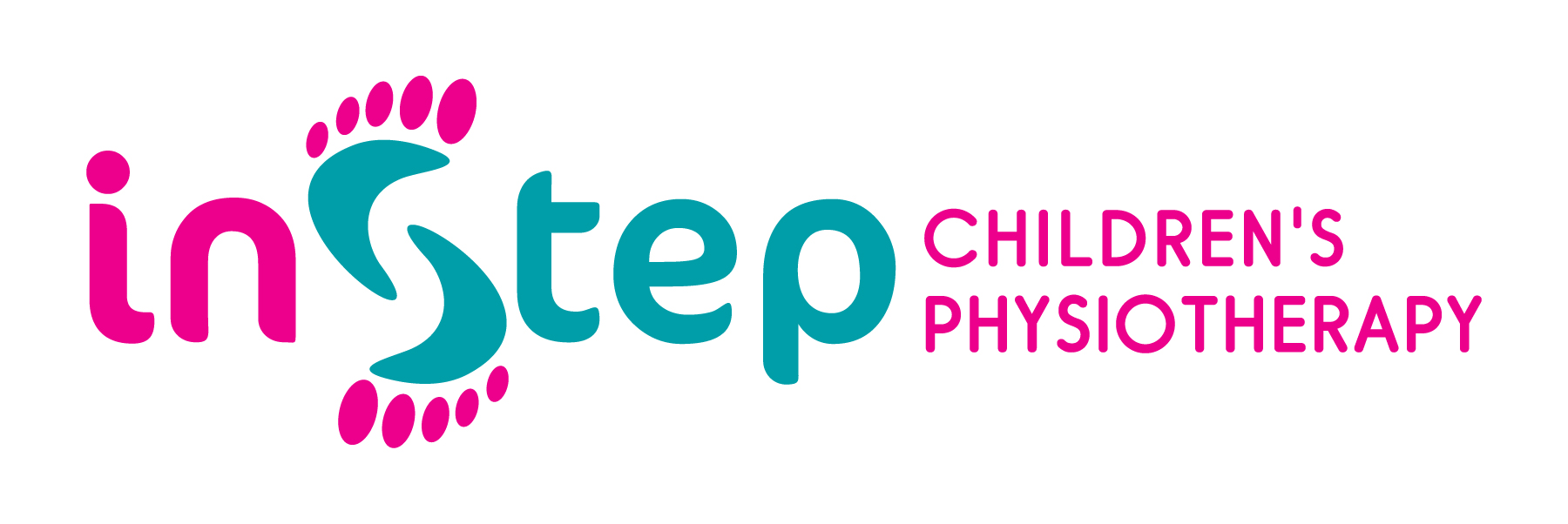Orthopaedic conditions – affecting bones and muscles can sometimes be described as musculoskeletal or orthopaedic and can cover many diagnoses.
- Torticollis (wry neck) is a term used to describe tightness of the sternocleidomastoid muscle in the neck which can limit the range of movement at the neck and in babies can affect their development.
- Plagiocephaly is characterised by distortion (flattening) of the developing skull (can be associate with torticollis)
- Positional talipes (club foot) the ligaments and tendons of the foot and ankle can be tight and cause an altered resting position of the foot after birth.
- Trauma including sprains, strains and healing post fracture caused by falls and sporting injuries.
- Osgood Schlatters disease (OSD) is an inflammation of the bone, cartilage, and/or tendon at the top of the shinbone (tibia), where the tendon from the patella attaches. OSD usually affects active adolescents between the ages of 9-16 coinciding with the beginning of their growth spurts.
- Chondromalacia Patella is the softening and breakdown of the cartilage that lines the underside of the patella and can cause a grinding/grating feeling as the knee moves. It is a common cause of anterior knee pain.
- Sever’s disease (calcaneal apophysitis), is the most common cause of heel pain in the growing athlete and is due to overuse and repetitive microtrauma of growth plates of the calcaneus (where the Achilles tendon attaches to the heel)
- Brachial plexus injuries (Erb’s Palsy) the brachial plexi are a group of nerves that conduct messages from the spinal cord to the shoulder, elbow, forearm and hand. These can be injured as a result of shoulder trauma (often associated with childbirth), inflammation or tumours and can result in paralysis, altered sensation and lack of muscle power in the arm.
- Perthes disease (legg-calve perthes disease) is a degenerative disease of the hip joint, where growth/loss of bone mass leads to some degree of collapse of the hip joint and to deformity of the ball of the femur and the surface of the hip socket. Children can complain of hip pain as well as referred pain into the knee and is usually associated with reduced range of movement and affected walking pattern.
- Developmental dysplasia of the hip (DDH) describes a variety of conditions in which the ball and socket of the hip do not develop properly and can cause functional difficulties, pain and altered muscle control.
- Postural Back pain There can be many causes for children complaining of back pain, including poor posture, muscle spasm, lack of adequate core stability. Some children can develop a curvature of the spine (scoliosis and associated with neurological impairments such as CP) which can lead to altered biomechanics, muscle imbalance and pain.
- Flat feet (pes planus) can be described as when the whole of the foot makes contact with the floor and there is lack of an adequate in step during standing. Flat feet in children can be structural or associated with muscle weakness/joint instability.
